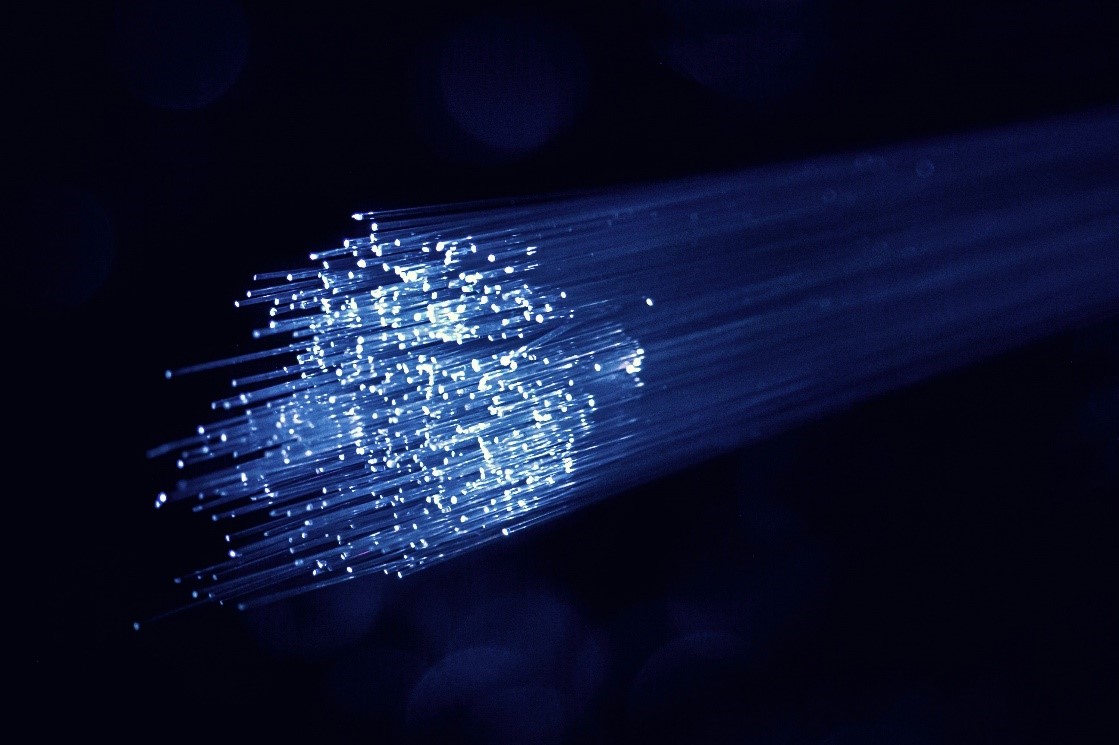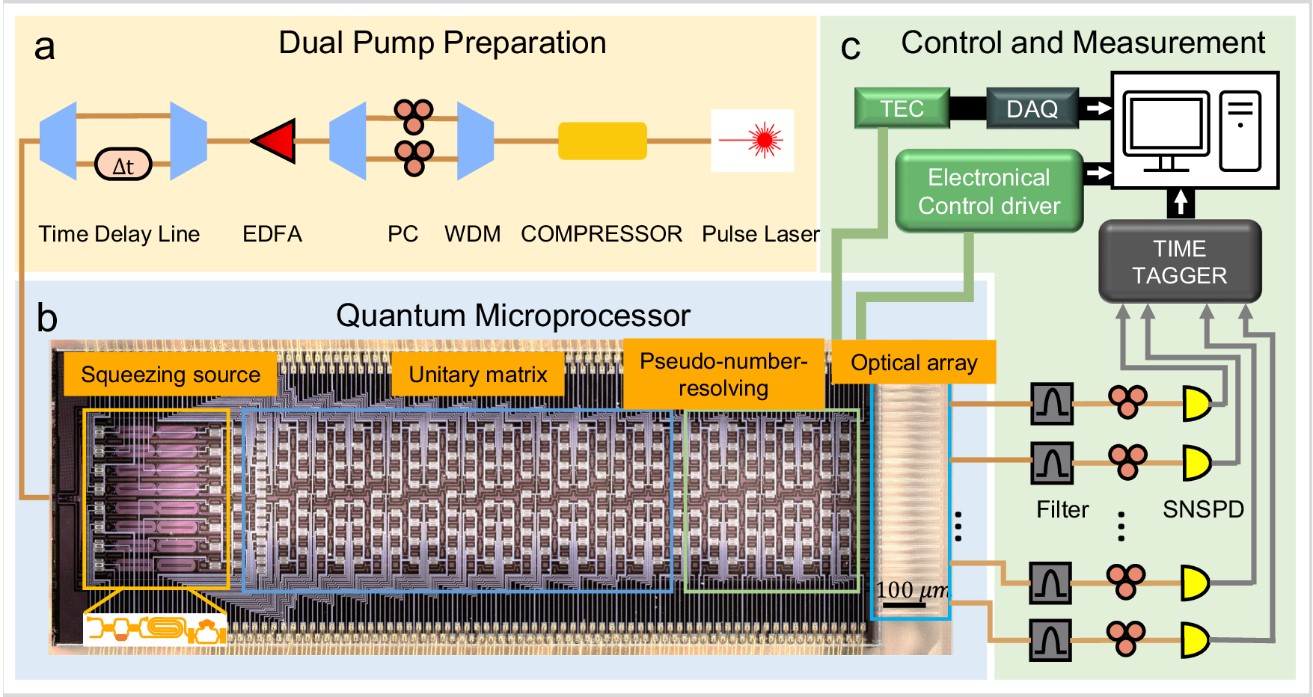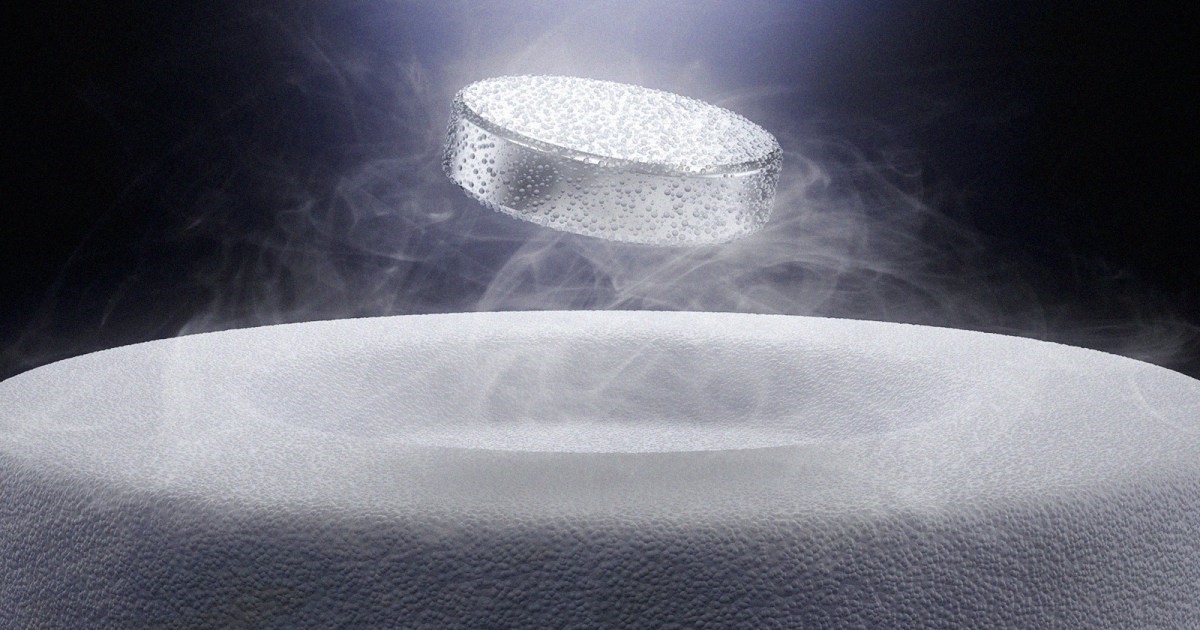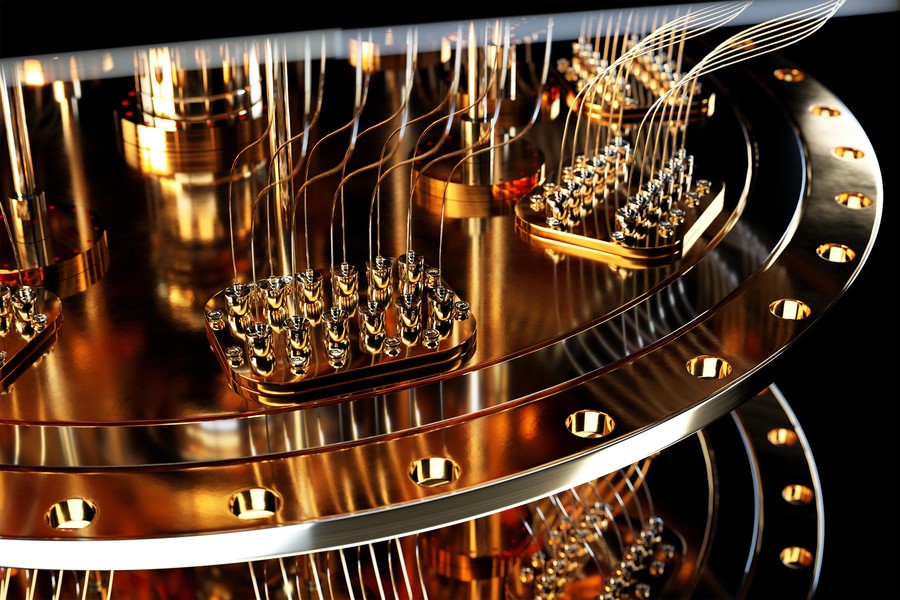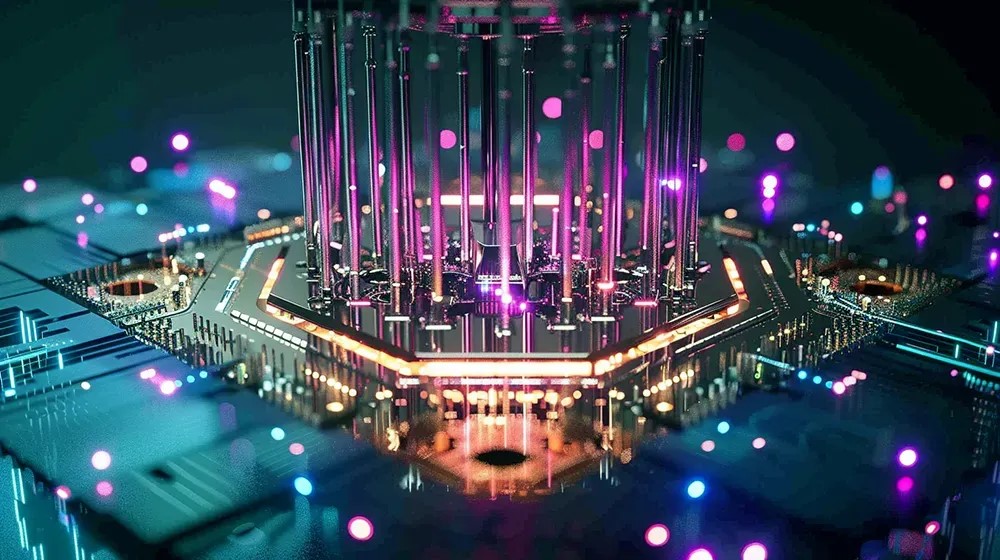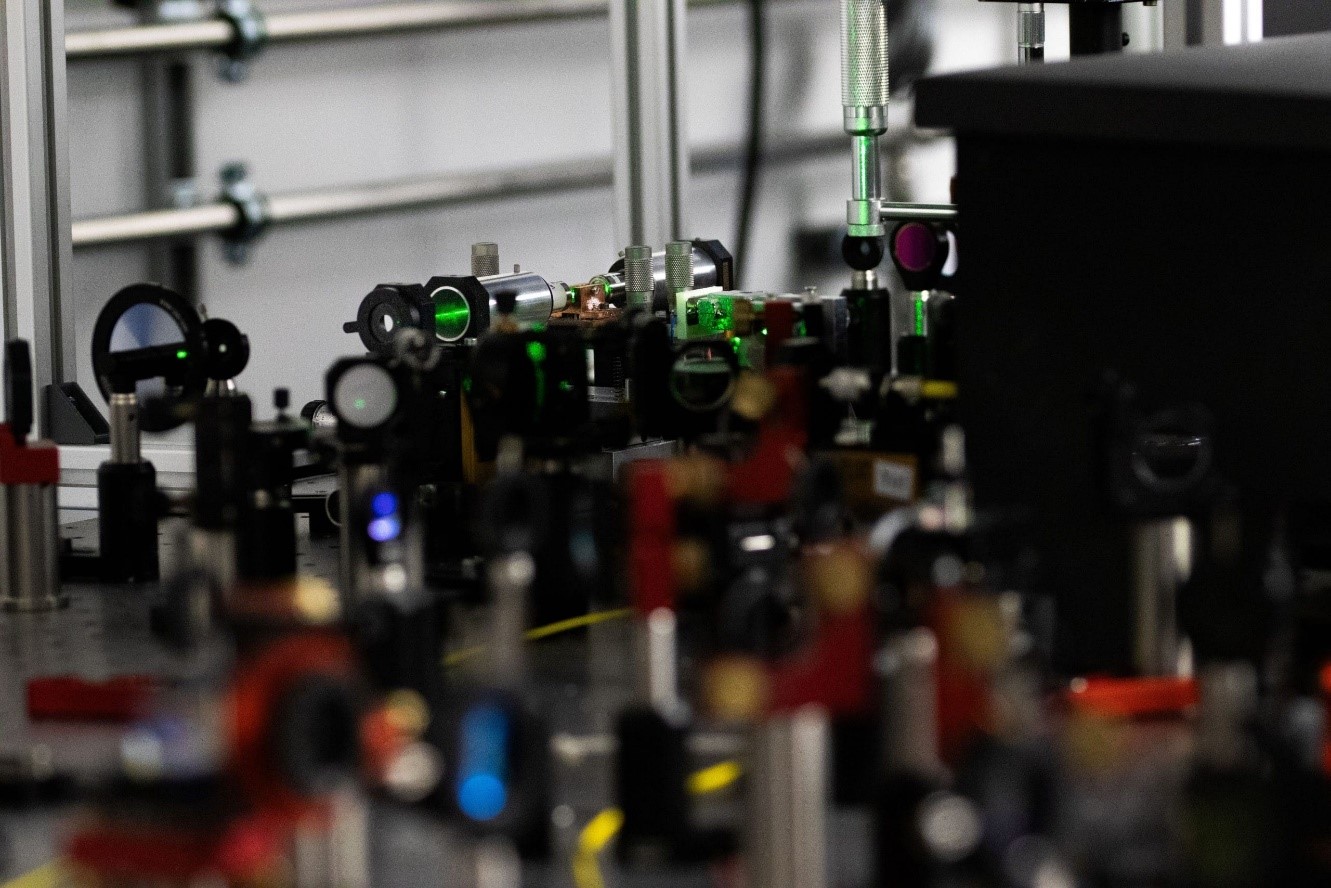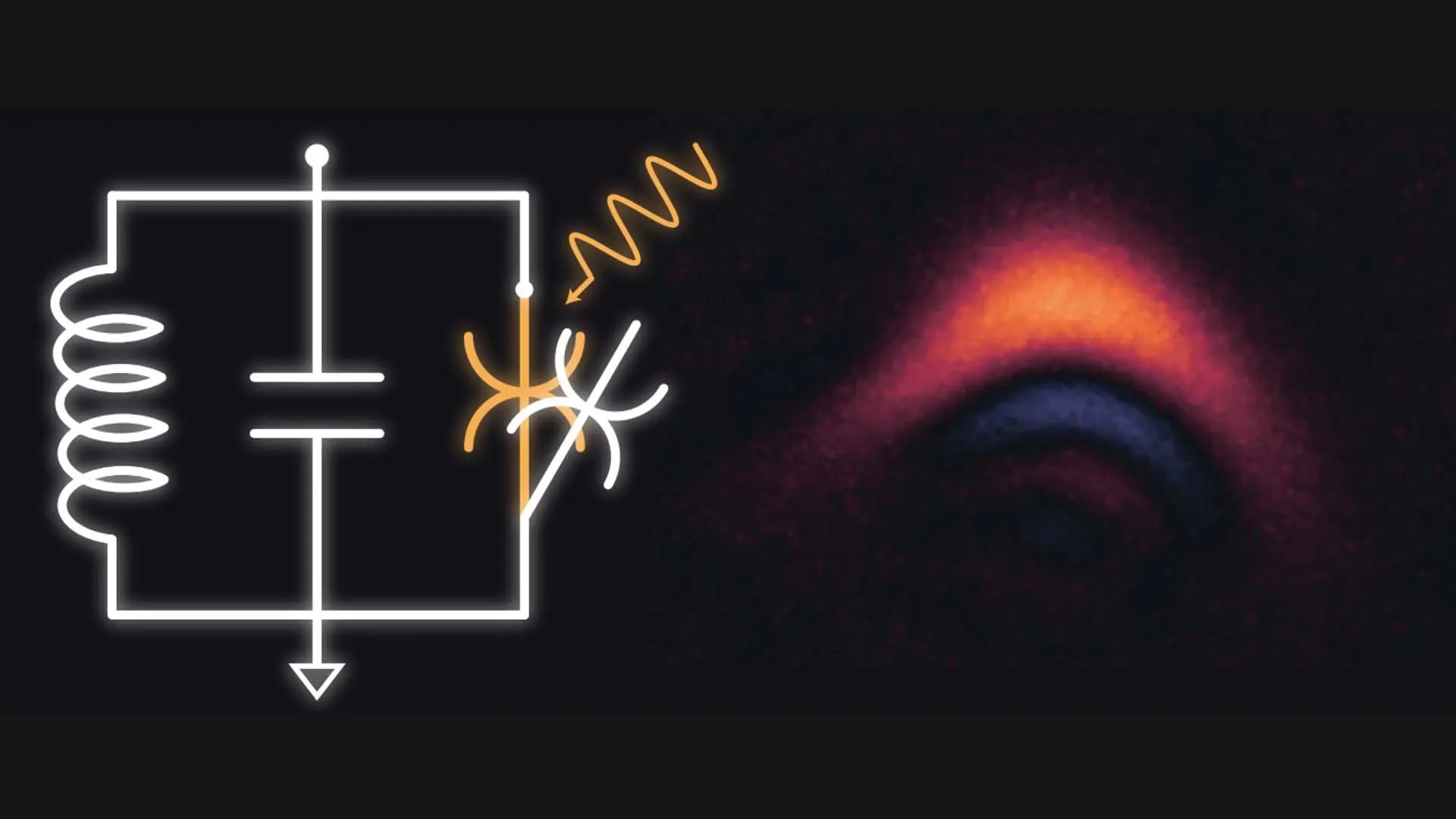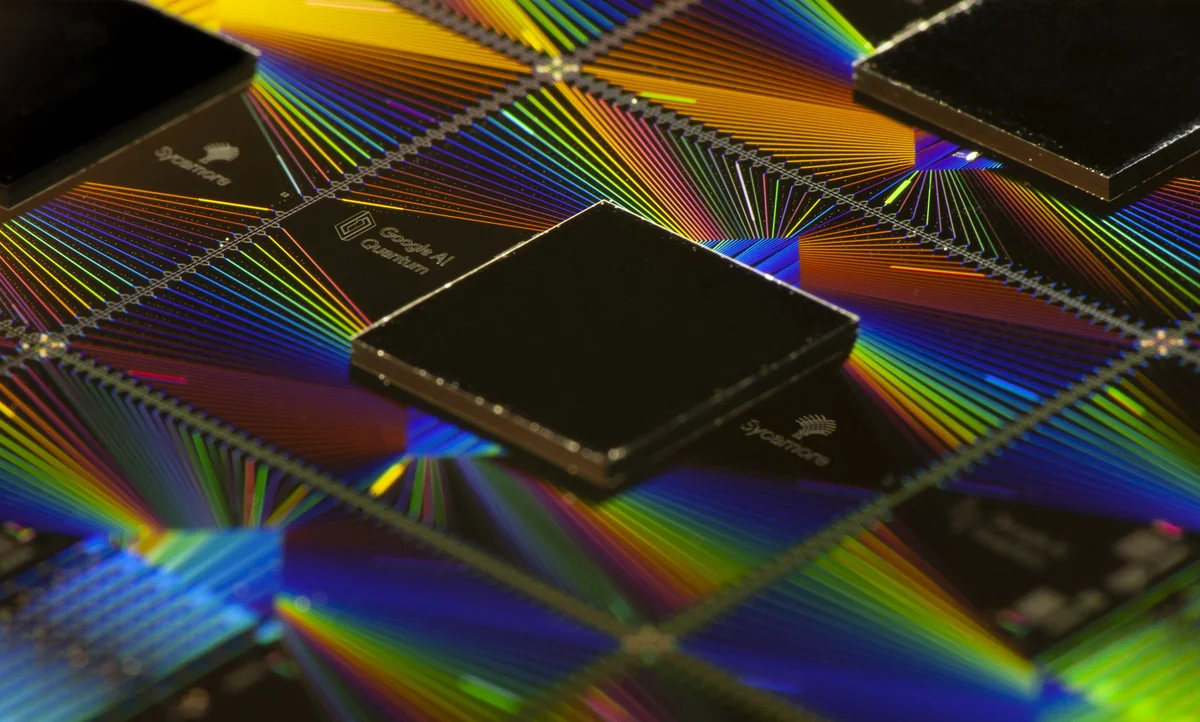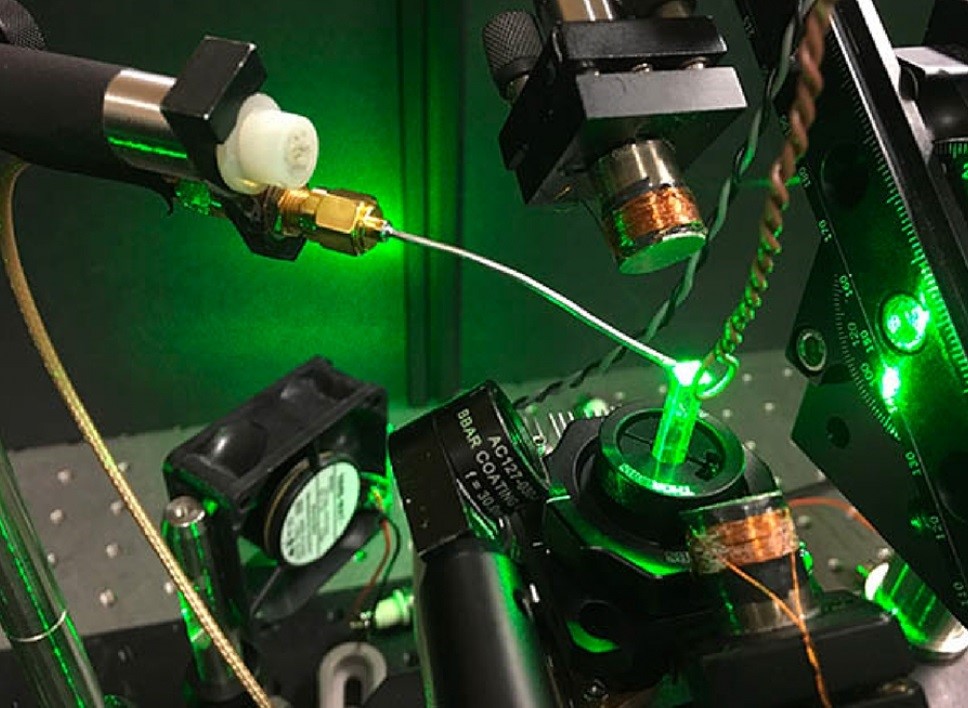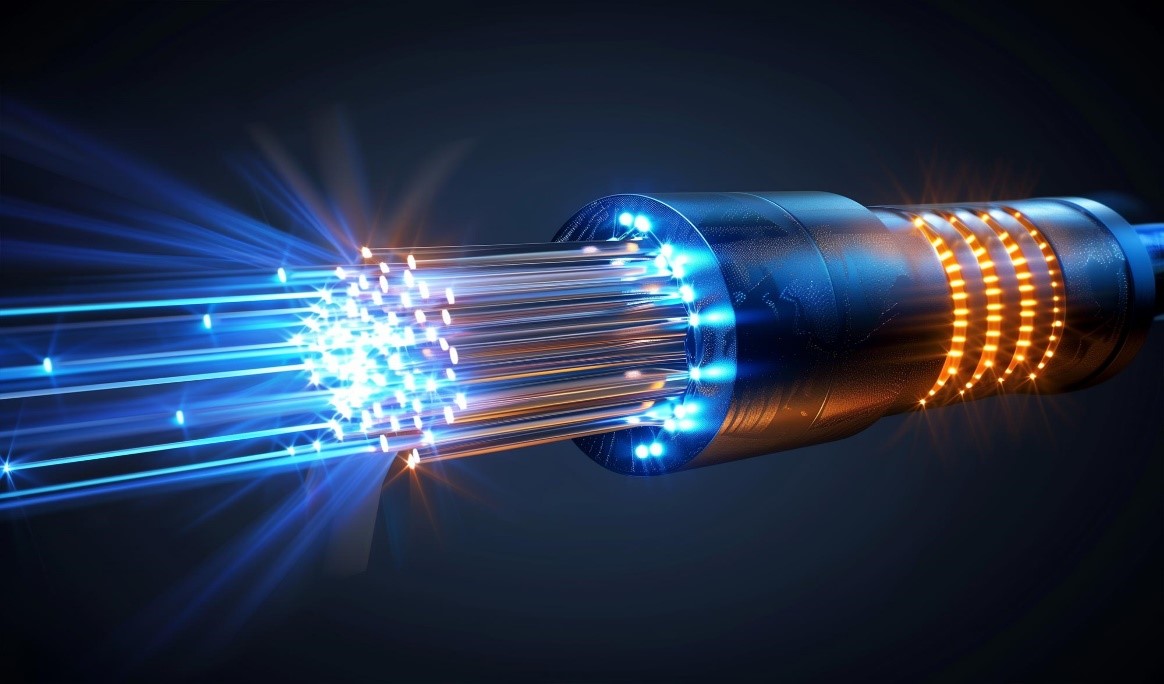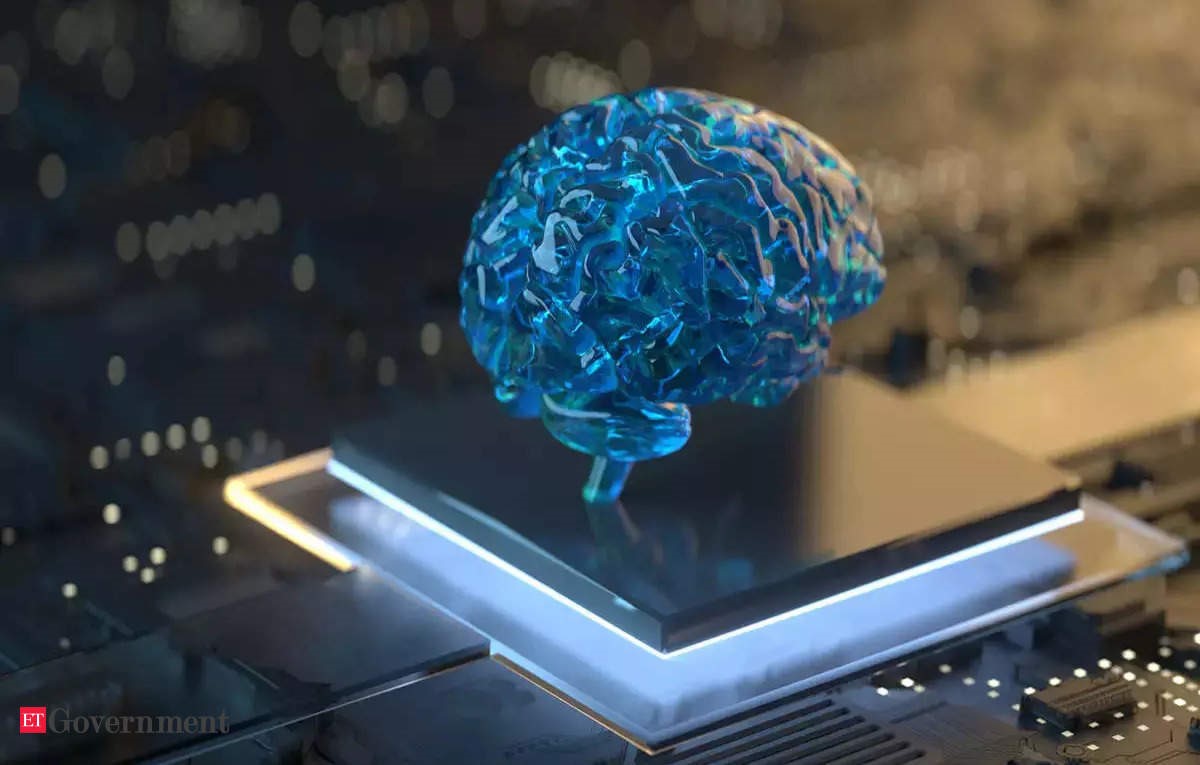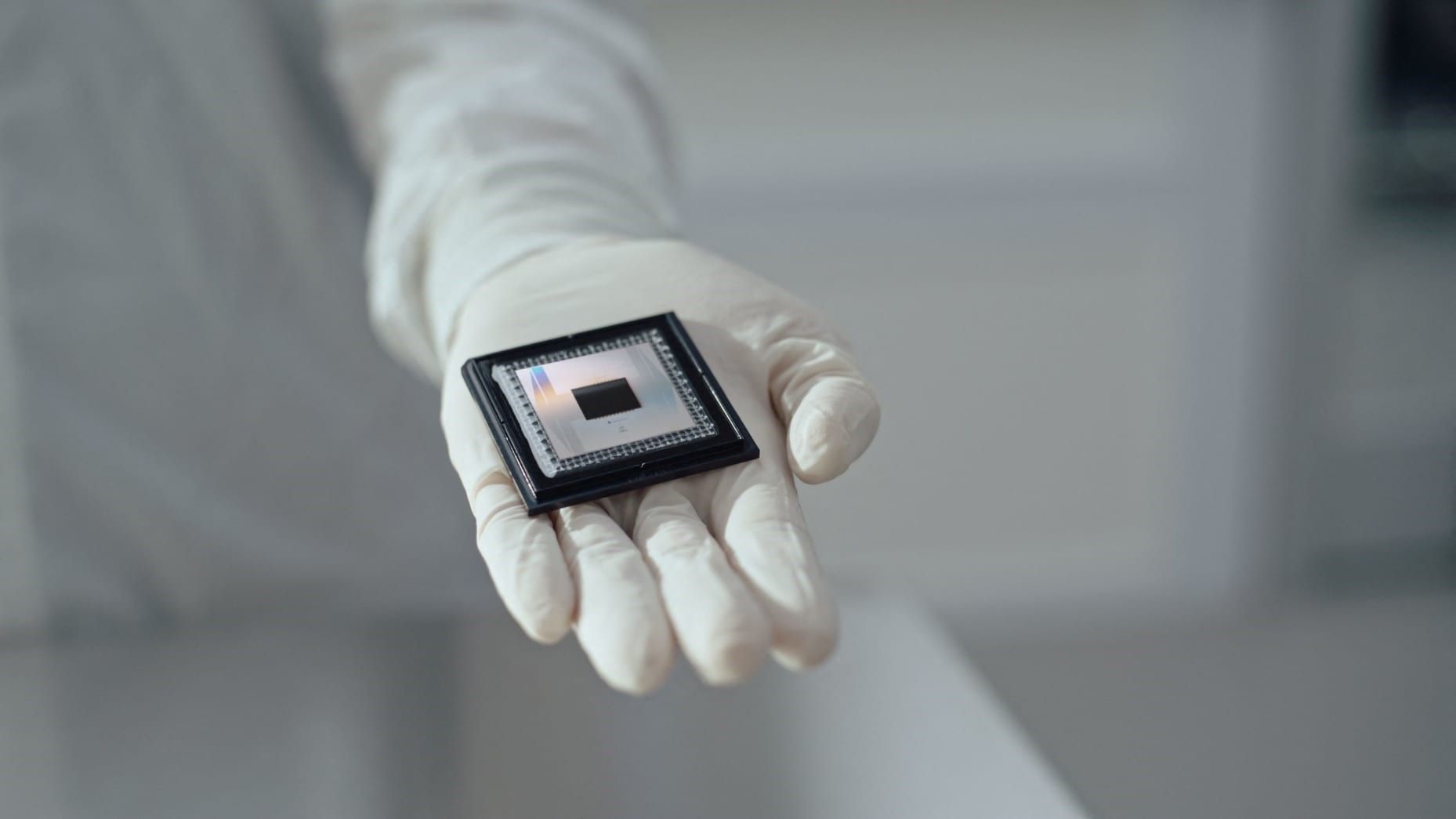Google Quantum AI: New Quantum Chip Surpasses Classical Computers and Achieves Breakthrough in Error Correction
Google Quantum AI has announced a significant advancement with the introduction of Willow, a 105-qubit quantum chip that surpasses the Sycamore era. Willow has achieved breakthroughs in computational power and error correction, marking a critical milestone on the roadmap to large-scale, commercially viable quantum computing.
The findings, published in Nature, highlight the team's vision of creating quantum devices capable of solving real-world problems while overcoming the constraints of computational errors.

Figure 1. Google Quantum AI
“The mission of the Google Quantum AI team is to build quantum computing for otherwise unsolvable problems,” explained Hartmut Neven, Google's VP of Engineering and founder of the Quantum Artificial Intelligence lab. Figure 1 shows Google Quantum AI.
Neven outlined the initial applications for quantum computing:
- Modeling quantum systems for drug discovery
- Designing efficient nuclear fusion reactors
- Reducing energy costs in fertilizer production
He also hinted at a broader potential for quantum machine learning and other transformative technologies. This milestone underscores Google's ambitious roadmap toward realizing quantum computing's full potential.
Exponential Edge Over Classical Supercomputers
"In a benchmark test using random circuit sampling (RCS), the new quantum chip completed a computation in about five minutes, a task that would take the world's fastest classical supercomputer, Frontier, an estimated 10 septillion years — far longer than the age of the universe [1]. This remarkable result highlights the expanding gap between quantum and classical computing as quantum systems continue to scale.
Random circuit sampling is a key test used to assess whether a quantum computer can solve problems beyond the reach of classical systems. The latest results, building on similar tests from 2019 and 2024, demonstrate the exponential speedup that quantum processors achieve as they increase in power.
The comparison with Frontier was made under ideal conditions for the classical system. The researchers argue that as quantum systems advance, the gap between classical and quantum computing will only continue to grow exponentially, regardless of improvements in classical systems."
Error Correction Milestone
Quantum error correction, a fundamental requirement for reliable quantum computing, has reached a major milestone. Historically, errors in quantum systems have escalated as the number of qubits increases, but the new chip demonstrated the opposite effect: as more qubits were added, error rates decreased exponentially.
"Quantum information is extremely fragile and can be disrupted by a range of factors, from material defects to cosmic radiation," said Michael Newman, Staff Research Scientist at Google Quantum AI.
Newman explained their approach to error correction involves making physical qubits work together to correct errors, forming what is known as a logical qubit. "We use many physical qubits to represent a single logical qubit," he said. "As these collections grow, the error correction improves, making the qubits more accurate. However, the challenge is that with increased size, more opportunities for errors arise, requiring devices that are effective enough to ensure error correction outpaces the errors introduced."
In their study, researchers demonstrated that scaling the system from a 3×3 grid to 5×5 and 7×7 grids of physical qubits led to an exponential reduction in errors.
This achievement tackles a long-standing challenge in quantum error correction, first proposed in 1994, and moves the field closer to a fault-tolerant quantum computer. The team plans to continue improving the system and implement new algorithmic techniques to reach the ultimate goal of practical quantum applications.
"Error correction is the end game for quantum computers," said Julian Kelly, Director of Quantum Hardware at Google Quantum AI. "Willow was designed with scalable error correction in mind [2]. This technology is not just for this demonstration; it's the key to our future in quantum computing."
State-of-the-Art Fabrication and Metrics
"The 105-qubit chip was manufactured in a specialized superconducting quantum chip facility in Santa Barbara. Designed for peak performance, it integrates error correction into every stage of its architecture, including gate development, calibration, and fabrication.
Its performance spans multiple benchmarks, showcasing a comprehensive approach to quantum system design. The chip not only advances raw computational power but also enhances system-wide efficiency and adaptability."
References:
- https://thequantuminsider.com/2024/12/09/google-quantum-ai-new-quantum-chip-outperforms-classical-computers-and-breaks-error-correction-threshold/
- https://timesofindia.indiatimes.com/technology/tech-news/google-breaks-quantum-computing-barrier-with-willow-chip/articleshow/116161270.cms
Cite this article:
Janani R (2024), Google Quantum AI: New Quantum Chip Surpasses Classical Computers and Achieves Breakthrough in Error Correction, AnaTechMaz, pp.162


